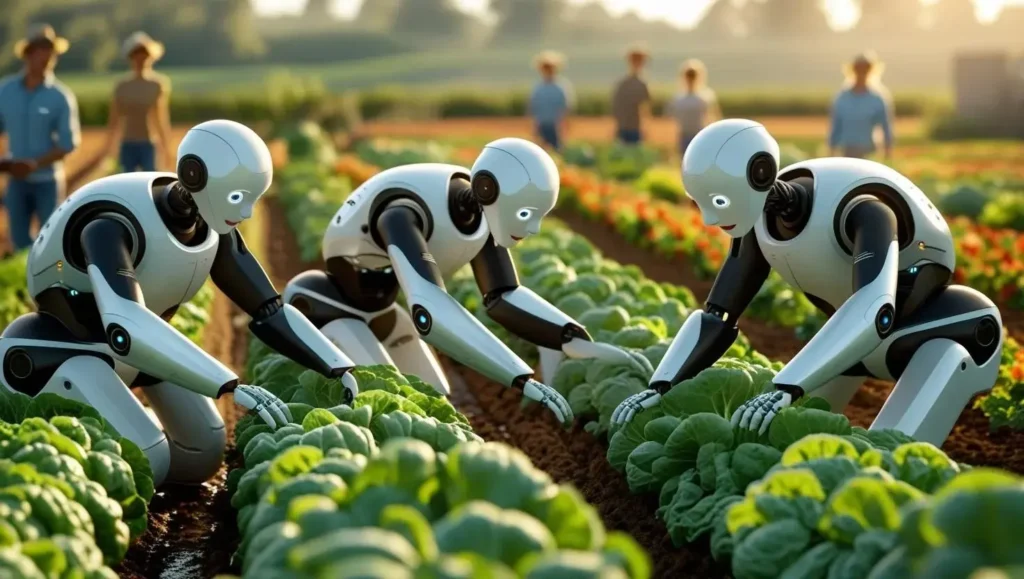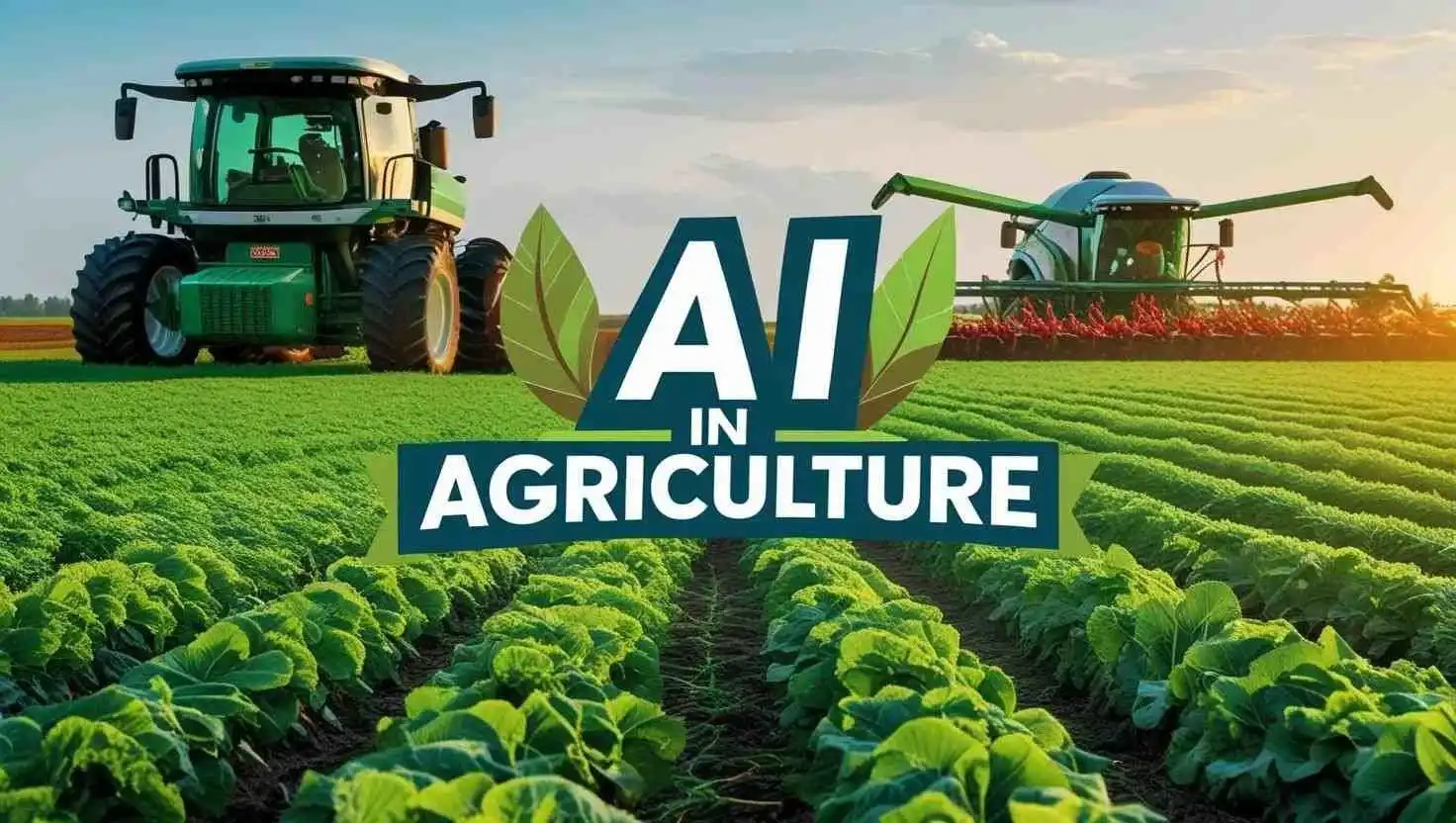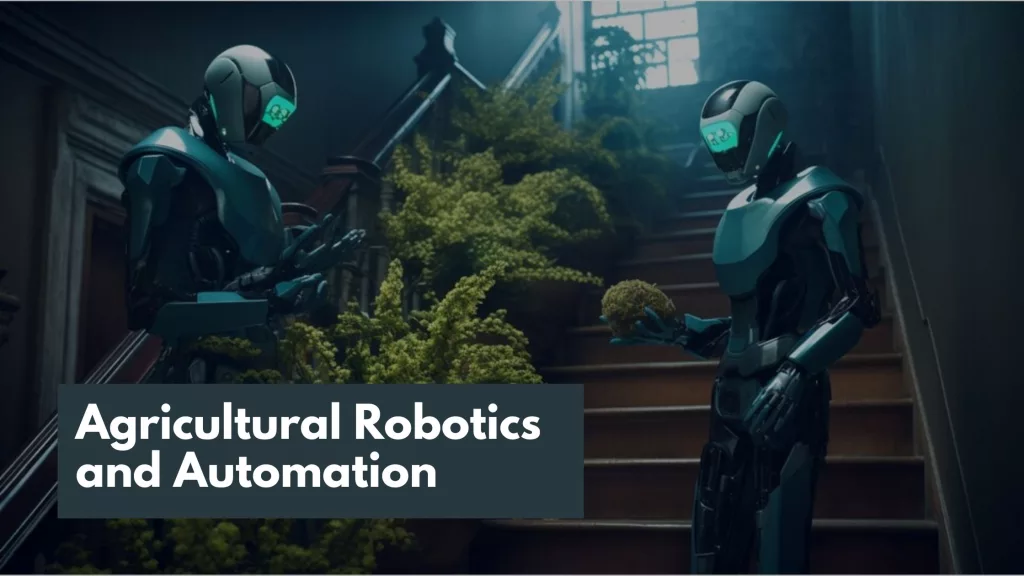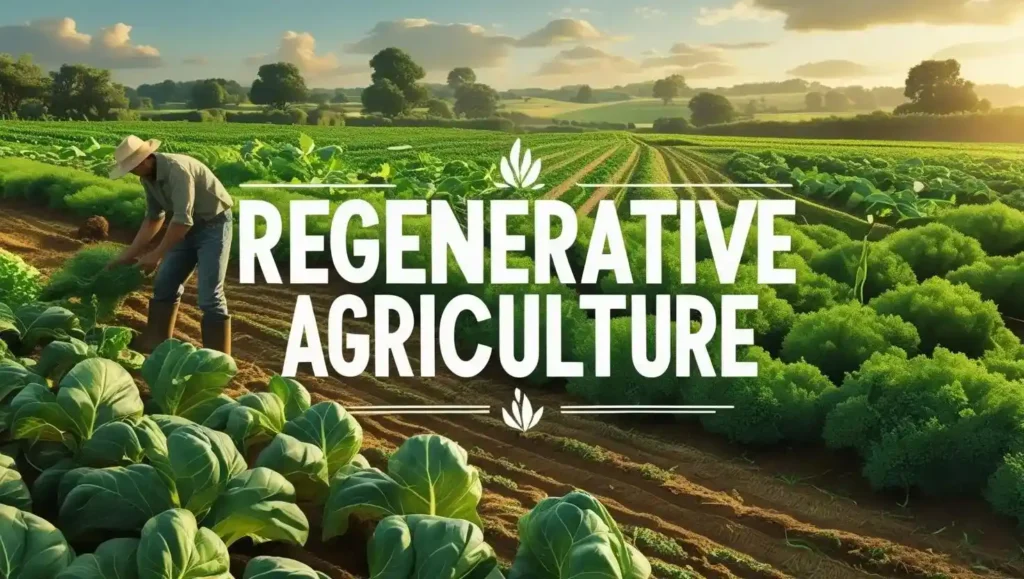The global population is estimated to reach up to 10 billion by 2050, placing a significant burden on the agricultural sector to intensify its systems and enhance crop production. Two potential paradigms have emerged in the expansion of land utilization, and secondly, embarking on the journey of agriculture based on AI and the latest innovations to ensure the growth of production on existing farmlands. AI in agriculture is revamping the entire structure of the farming culture.
Farming has revolutionized in a more coherent manner from limited land-holding capabilities to small-scale labor, environmental issues, outdated infrastructure, and many other social problems, to more refined agricultural practices that have emerged over time.
The new AI in agriculture is driven by novel ideas of creation and applicability of new mechanisms of farming practices, to improve the effectiveness and bring efficiency in farming land.
However, for a long time, the global agripreneur and the farmers were missing out on the latest AI intrinsic functionalities and the richness of what farming practices can truly offer at sustainable rates, impacting real-life techniques on the relevant sectors of farming with the adequate needed initiative being applied in farming.
AI in agriculture technique believes in the work in traceability, compliance practices, quality improvement, and many more, including crop dusting, speeding up the process of fertilization, through drones.
In the ever-changing dynamics of agricultural practices, the integration of AI in agriculture is proving to be a revolutionary and intensified technique to bring about fruitful changes based upon the latest digital technologies, which in the long term is going to increase the productivity, efficacy, and sustainability of agriculture.
The technologies enable farmers to collect data and information about the farm, crop health, and automate the process, making prudent decisions related to agriculture.
You Can Also Read: Organic Farming Vs Conventional Farming: Key Differences and Pros & Cons
RELEVANCE OF AI on Field farming:
More efficiency: It enhances the effectiveness. The AI-driven tools make the task faster and keep it accurate
Sustainability: It helps in the optimum utilization of resources, reducing the environmental impact.
Detailed insights: AI provides the predictive details of the weather forecast, crop health, and application of farming plans.
Use of Robotics in Organic Farming

Many modernized agricultural practices deploy robots to do the job of planting and harvesting crops. Which requires less labor and is less time-consuming as compared to traditional forms of agriculture.
The robotic mechanisms in agricultural practices are an innovative and highly revolutionized concept with increased efficacy and highlighting the concept of sustainability.
The organic farming relies upon the concept of sustainability, promotes the inclusion of natural resources, and applies mechanism that lowers environmental risks.
The robots are taking the place of laborers and doing highly intensive work in less time-consuming periods. With advancements in various robotics practices, farmers can now automate the previously done work.
Which includes plantation, harvesting a crop monitoring, which lessens the labour burden, and asking for AI-generated statistics
Robotics initiates precision in farming applications. The robots in which high-end cameras are installed and monitors record the soil quality, by initiating robotic mechanisms and innovations that lessen the labor dependencies.
It increases the agricultural productivity because robots perform their work within a stipulated time and with consistency. It does an optimum level of planting, fertilization, and enhances the harvesting process.
Robots can replace human power in performing high labor-intensive work, which in turn reduces the labor needs.
Smart farming in modern agricultural practices:
Smart farming is the optimum utilization of technologies and data-driven methodologies to improve farming techniques. It requires applying information technologies in the service of agriculture.
It is the most prudent and smart way of conducting agricultural practices and delivering highly efficient produce, which is induced by informative technology, AI, automation, and IOT, it maintains and improves the sustainability of agricultural practices.
The new equipment and advanced technology are ingrained in modern farming practices and new methods of food production. In this advanced era, new challenges demand smart farming initiatives today. Prime among them is managing food security. This is estimated to increase by 70% by 2050 to maintain the global population’s tremendous growth.
It enables the farmers to improve the quality, value, and quantity of the produce, which helps in improving the production of a high variety of crops. It aims to bring radical transformation in the agricultural field.
Applicability of agricultural tech
Agricultural technology, or agro-tech, is the application or use of technology in agriculture with the sole objective of improving yield, efficiency, and profitability. It is, however, estimated that there is a need for an agricultural upsurge by 2050, as the demand is to produce 70% more food, so the integration of technology is needed in the agricultural field.
A few of the Ai in agriculture technologies are:
Vertical or urban agriculture- It is a sustainable method that requires less space as layers can be piled up vertically, which is often seen in urban farming. It is the utilization of soil at an optimum level and the application of the hydroponics method. The crops are protected from extreme weather, but often they are protected as a shield coverage. It uses around 95% less water.
Drone technology – They are used to spread fertilizers and pesticides, and the popular method employed in hydroseeding, the technology of dispersing the seeds, eg, and crop dusting over large field practices.
Drones are used to monitor crop health and protect from pests or extreme climate conditions. Drones are a better precision method, they are best used in the analysis of the field and soil health.
Genetic transformation – Selective breeding takes place, which includes Banana, Broccoli, kale, etc. Their genome change takes place to speed up the process, which improves the yield and increases the resistance to negative changes and mineral content.
The use of AI reduces the use of resources such as water, fertilizers, or any other form of chemicals, and it provides better facilities.
role of AI inclusive agriculture
The automation process is driving agricultural innovation, and economic viability and discoveries are changing the periphery of the agricultural system towards a more sustainable manner and including next-generation automation, which in turn benefits the farmer and the consumerist society.
The agricultural sector is facing a few challenges, like the pressure to activate more and the applicability of resources in the farm, as demand for bio-fertilizers is ever-increasing in demand to enhance the productive health of the crops. Weather is another challenge; for this reason, farmers need to incline toward innovative solutions.
Automation is a unique method that aims to remove the impact of extensive farming on climate change. It involves sensor analytics, robotic functionalities, and various equipment to enable farmers to make smart, decisive decisions on various farming practices. It motivates the farmers to make precise decisions and form a strategic plan to utilize fertilizers, crop protection, and seeds.
OVERVIEW
The agricultural system is transforming into a vast economy and regenerating into the most vibrant of all. Earlier techniques of labor-intensive farming are changing into most AI-based agricultural systems, as manual work has been lessened, and there is a division of work between AI generative technologies like drones, and hydroponics systems where the AI or the advanced technique is performing human-made tasks.
The adoption of automated farm equipment is supposed to be affected by many factors, including the technology and its performance by geopolitical conditions, regulatory mechanisms, and environmental changes.
As sustainability continues to build up pressure on the farmers, the utilization of robotics and drones is expected to increase shortly.



